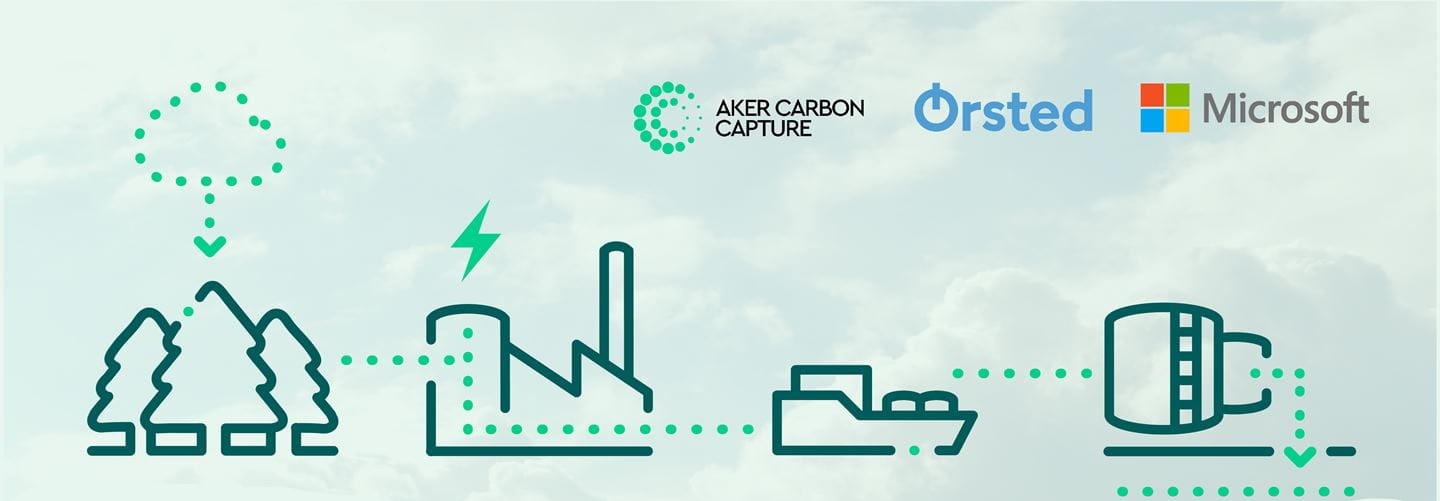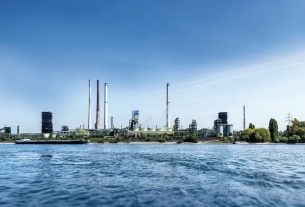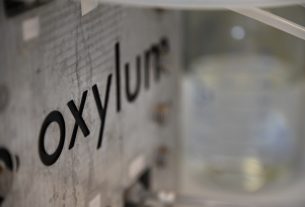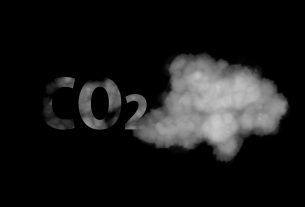Denmark – A Memorandum of Understanding, which is to exploration ways to promote the development of carbon capture and storage in the biomass heating and power stations in Denmark, has been signed by Ørsted, Aker Carbon Capture and Microsoft.
Capturing and storing carbon is generally recognized as an effective instrument to achieve Danish climate goals of 70% carbon decrease before 2030 and to achieve the Paris Agreement’s objective of limiting global temperatures to 1.5° Celsius.
Carbon elimination
Through capturing and storing carbon released from biomass-fired heat and power plants underground, it is possible not only to mitigate but also to eliminate carbon from the environment, as carbon from renewable biomass is part of the natural biogenic carbon cycle.
The three companies will work together to solve technical, regulatory and economic problems and opportunities to generate negative emissions by capturing and storing carbon released from biomass-fired heat and power plants, with each group playing a key and distinct commercial role.
Terms of MoU
The companies explore a technical partnership to incorporate Microsoft’s digital skills into a biogenic carbon capture project with Aker Carbon Capture’s capture technology. They also examine avenues to collectively promote the creation of a biogenic carbon capture project. As part of the agreement the three companies will explore and develop policies that help drive zero emission frameworks in European countries.
Conclusion of operations
Through the satisfactory conclusion of operations in these four fields, it is the overall vision of the parties to move forward with the process of promoting negative emissions and achieving the actual execution of a commercial and technological set-up that can generate significant negative emissions.
Biomass used as fuel in Ørsted heat and power plants comes from sustainably controlled forest processing and is surplus timber, such as sawdust from sawmills or residues from trimming or crooked trees. This wood is of too poor quality to be used for architecture or furniture purposes. The excess wood can either be left to rot or burned in the forest, or it can be used, for example, to replace gas and coal in electricity production. The surplus wood from Ørsted sources comes from growing woods, which ensures that the carbon released as surplus wood is converted to electricity is recovered by the forest within a few years.




